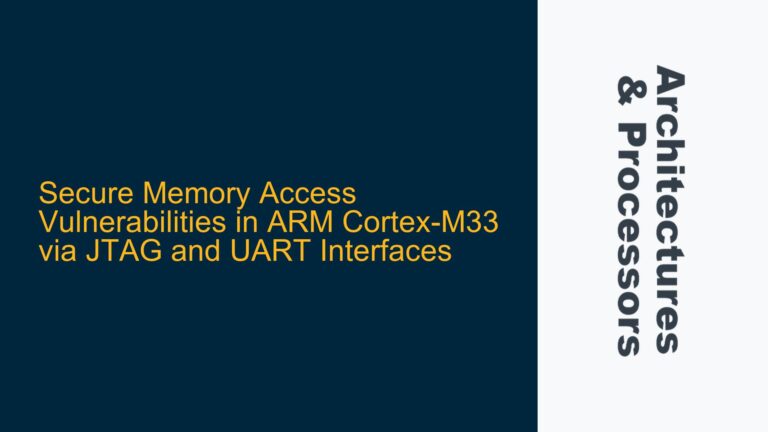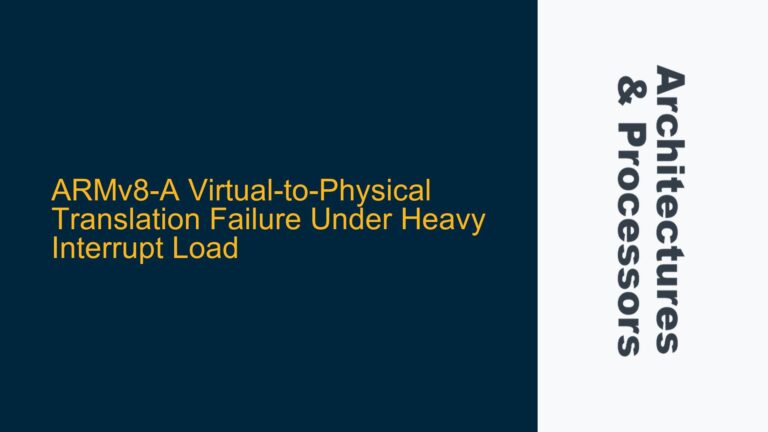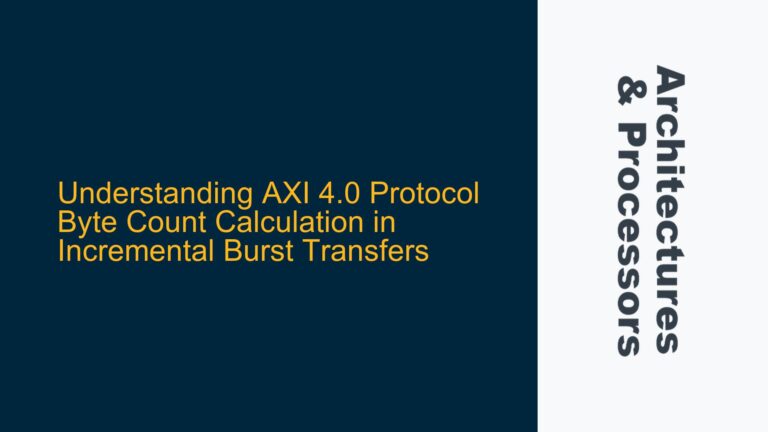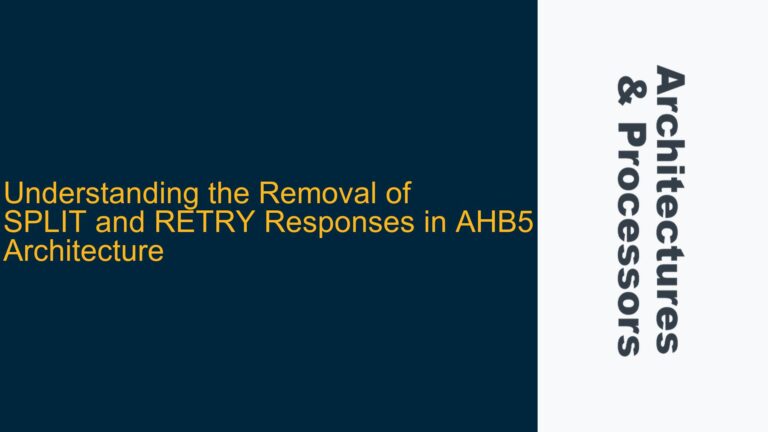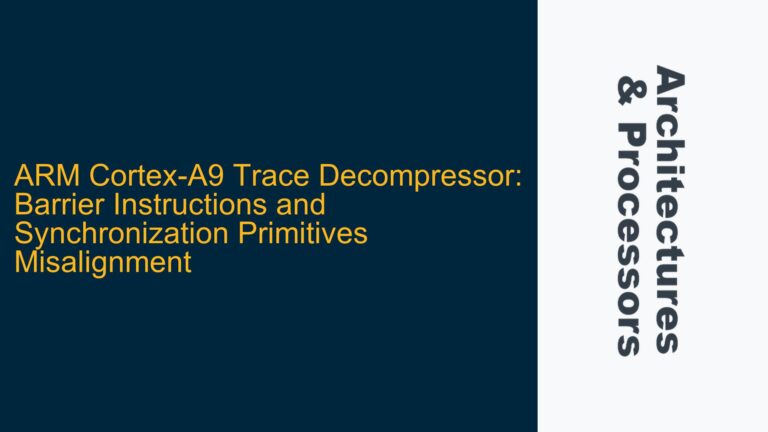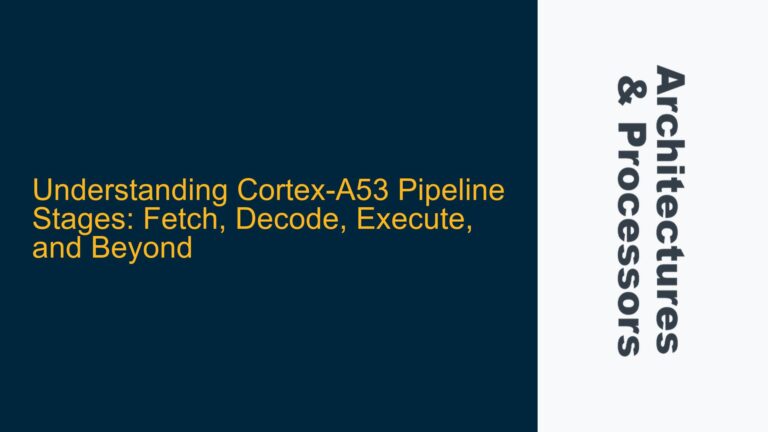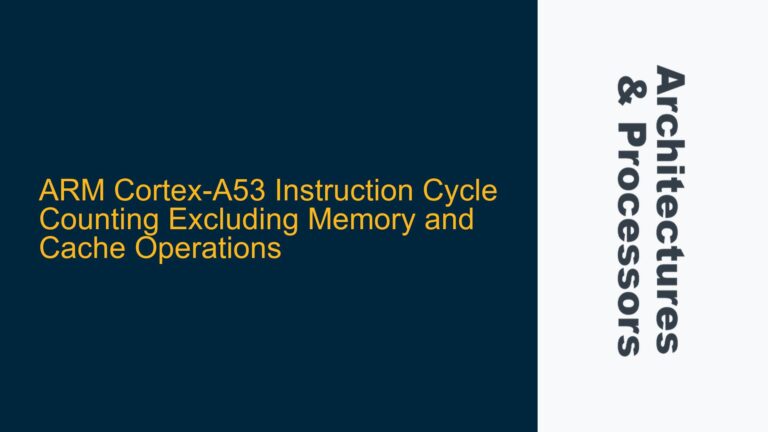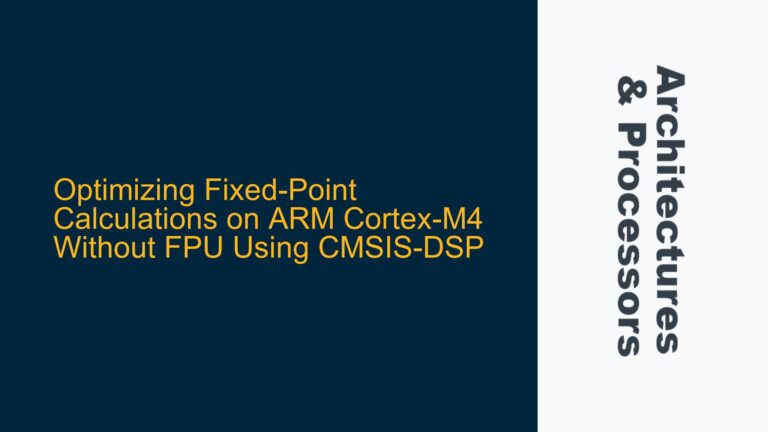Secure Memory Access Vulnerabilities in ARM Cortex-M33 via JTAG and UART Interfaces
ARM Cortex-M33 Secure Memory Exposure via JTAG and UART The ARM Cortex-M33 processor, with its TrustZone technology, is designed to provide robust security features for embedded systems. However, the security of the system can be compromised if the debug authentication controls are not properly configured or if the software implementation is flawed. Specifically, the JTAG…
